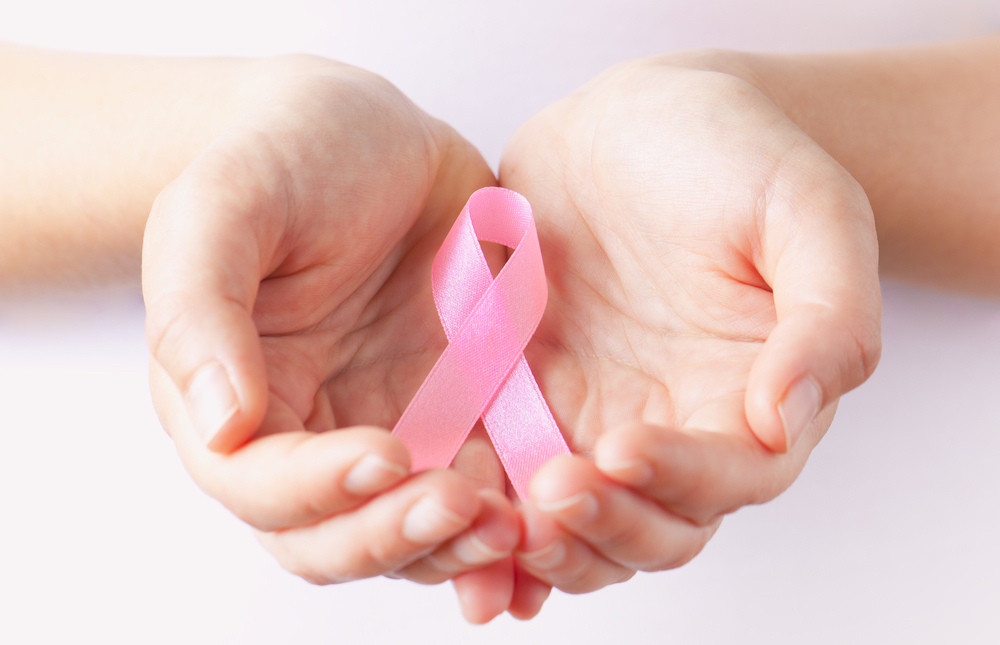At some point in time, all women should think about getting their breasts screened for possible tumors and cancers before symptoms appear. Regular screenings will help to prevent the disease from advancing to the point that it could be fatal. Thinking about getting breast cancer is a terrifying and real possibility for most women, but delaying or avoiding getting screened because of anxiety won’t help anything. Early detection is the key to effectively keeping breast cancer from becoming fatal. Scientists are hard at work trying to get a better understanding of who is likely to get it, the things that cause it, and, most importantly, how to cure it.
What happens during a breast exam?
Most doctors recommend that women around the age of 20 start getting breast exams every three years or less. Women 40-44 are higher risk and should start going to their physician annually, and schedule regular, yearly mammograms to help detect anything in the early stages. After age 50, the risk can drop, and your doctor may recommend screening mammograms every other year. If your family has a history of breast cancer you are considered a higher risk, and you should consult your doctor. Getting screens more often, in this case, is recommended and wise. A basic screening includes a clinical breast exam and mammography.
Your doctor will feel your breasts for any lumps or abnormalities, usually both while you’re sitting and lying down. The doctor will ask questions about your menstrual history and any pregnancies. For this exam, you will need to undress from the waist up. It is common to lift your arms and sit up so that your doctor can fully assess your breast tissue. Skin changes or abnormalities will be monitored this way, as well. For a mammogram, you will also undress from the waist up. A mammogram is much like an x-ray of your breasts to get a better view of the tissue. You will stand in front of a machine that presses your breast tissue against a platform. The pressure can be painful, but it is quick. Pressing the tissue down into a “flat” formation will allow the machine to pick up on any tumors more effectively. Seeing inside enables the doctor to detect the formation of any abnormalities.
An extension to a mammogram is detection by breast MRI. Magnetic Resonance Imaging, MRI, captures pictures of the tissue inside your breasts. The images are pieced together to give a full picture of formations that could be building. An MRI can miss some types of breast cancer and is not meant to replace a mammogram, so women at high risk will need to do both.
Finding Abnormal Tissue
In the circumstance that some abnormal tissue is found, please don’t panic. Often, they are benign (non-cancerous), and a biopsy will be performed on the dense breast tissue to determine if you need further treatment. In the unfortunate situation that test results come back as malignant (cancerous), you will be required to go over the options to help eliminate the cancerous cells from your body. Women that have family or past medical history of breast cancer are considered to be high risk. Health care providers will often give them an MRI instead since MRIs offer a more clear and detailed image of the breasts.
Some new screening methods are currently in the clinical trial stage, including thermography and tissue sampling. Thermography uses digital infrared imaging to show the metabolic activity that can distinguish between healthy and cancerous tissue based on different output levels. The activity and energy cancer cells require by robbing the body of nutrition increases their circulation that can be viewed using the infrared imaging. The other screening method, tissue sampling, involves taking body fluid, tissue, bone, and muscle to be studied and biopsied under a microscope. That can give doctors an accurate diagnosis as to the type of cancer and how quickly it is spreading. The real benefit to tissue sampling is that they are hoping it can better detect early signs of breast cancer, thus increasing the odds of survival
There are some risk factors involved in screening procedures. It is essential to have long, detailed discussions about these benefits and harms related to your unique medical history with your doctor. Different people respond differently to various screening methods. I don’t know about you, but I would want to choose the most effective method with the least amount of side effects. I would do anything I could to increase my odds of living a long and healthy life. The American Cancer Society has detailed information and recent studies.
Self Breast Cancer Screening
Knowing your body and being able to spot changes is another screening tool that you can do yourself. Breast self-exam does not take the place of actual doctor assessments, but it can help catch breast cancer early on in some cases.
- Know what your breasts should look like. Any change in shape, size, color, or seeing bulging skin, nipple position changes, redness or soreness could be a clue to go get checked.
- To check yourself, look in the mirror straight on and from both sides. Then raise your arms and look for the same changes in tissue or skin.
- Lie down and feel the breast tissue. Use the opposite hand for the breast you are checking. Using your fingertips, massage in small circular motions to check for any lumps on the entire breast. This check doesn’t exclude the obvious breast tissue. Do this from your collarbone to your abdomen, to the armpit, and through the cleavage area.
- Do this same exercise while standing so that tissue can shift, giving you a chance to feel different places you couldn’t reach.


Leave A Comment